Mastering RFID: A Step-by-Step Guide to Train Your Team on Handheld RFID Scanners
707Learn proven strategies to train your team on handheld RFID scanners—boost efficiency, reduce errors, and ensure seamless adoption.
MoreAll RFID Product
As global supply chains face increasing pressure to improve efficiency, smart warehouse management has become key strategy for reducing costs and boosting productivity. For those focused on innovation in warehousing, understanding how RFID works in a warehouse is essential to unlocking its commercial value. This guide breaks down the working principles, applications, and benefits of RFID technology in warehouses, offering professional insights to support your business growth.
Traditional warehouses rely heavily on manual inventory counts and barcode scanning—methods that are slow and prone to errors. RFID changes the game by enabling contactless identification, fast multi-item scanning, and long-range sensing. With RFID, warehouses can boost inventory check efficiency by over 80% and raise inventory accuracy to 99%. These improvements help cut operational costs and give businesses a stronger competitive edge.
A complete warehouse RFID system consists of RFID tags, readers, antennas, and a backend management system. RFID tags—available in active, passive, and semi-active types—are attached to or embedded in items, pallets, or shelves. These tags store data such as item ID, batch number, and specifications.
The RFID reader emits radio frequency signals through its antenna. When a tag enters the coverage area, passive tags harvest energy from the signal to activate their chip, while active tags transmit data actively. The tag modulates its stored data and sends it back to the reader. The reader decodes this data and transmits it to the backend system for processing.
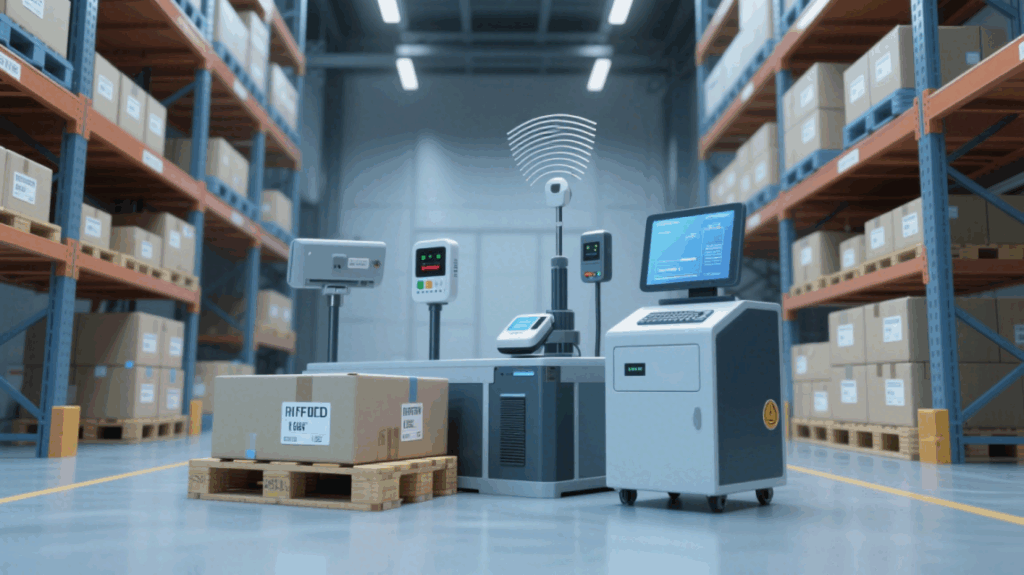
Inbound Management
When goods arrive at the warehouse, staff attach RFID tags to the items. Using handheld or fixed RFID readers, they scan multiple tags simultaneously, and the data is automatically uploaded to the backend system for registration. Based on the item attributes, the system assigns storage locations and links the tags to specific RFID-enabled shelves, enabling precise positioning.
Inventory Counting
Warehouse staff can walk through the facility with a handheld RFID reader, which quickly identifies all tags within its range—no need for manual scanning item by item. The system automatically cross-checks the data, generates an inventory report, and flags misplaced or missing items, significantly reducing the time required for stocktaking.
Outbound and Sorting
Based on order requirements, the system guides forklifts or robots to pick the corresponding goods. During sorting, RFID readers installed along the conveyor belt automatically read item tags to verify order accuracy. The system then directs each item to the correct sorting lane, ensuring precise and error-free dispatch.
Inventory Monitoring and Alerts
The RFID system continuously monitors the location and quantity of goods in real time. When inventory levels fall below a predefined threshold, it triggers automatic alerts to prompt restocking. Additionally, by analyzing item movement patterns, the system helps optimize warehouse layout and logistics routes.
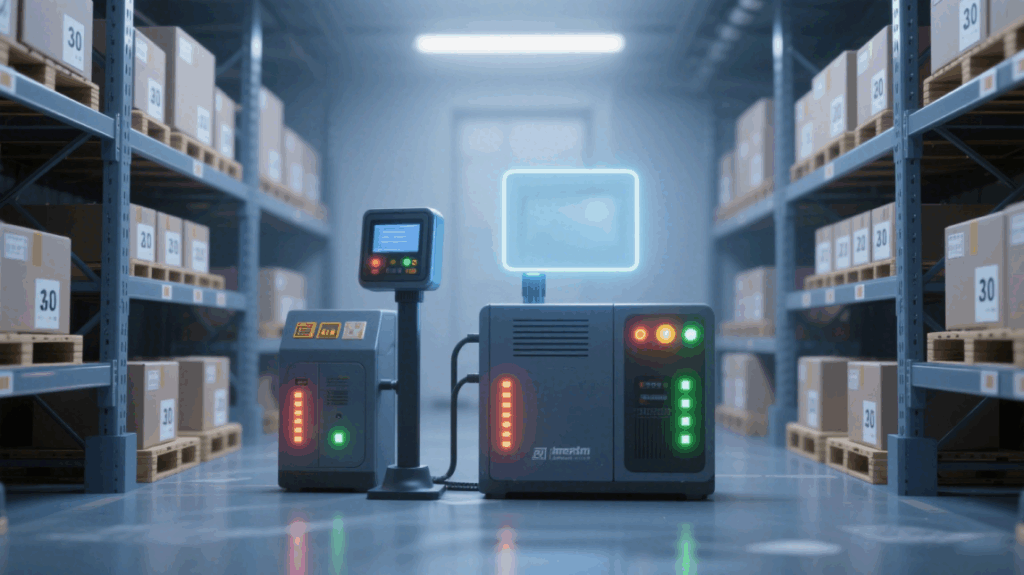
Beyond basic inventory management, RFID enables a wide range of advanced warehouse applications. In cold chain storage, RFID tags integrated with temperature and humidity sensors help monitor environmental conditions in real time. For hazardous materials, RFID enables tracking of product flow to ensure safe handling and transport. In cross-border e-commerce warehouses, RFID supports efficient global order processing and accurate shipment execution.
When selecting RFID system for your warehouse, pay close attention to the following:
Tag Performance: Choose tags that are waterproof, anti-metal, and heat-resistant to handle the warehouse’s demanding conditions.
Reader Compatibility: Ensure RFID devices integrate seamlessly with your existing warehouse management systems (WMS).
Vendor Support: Prefer suppliers who offer installation, technical training, and after-sales maintenance services.
Certification Compliance: Look for products certified by CE, FCC, and other international standards to ensure quality and regulatory compliance.
As global demand for warehouse automation grows, RFID technology has become core solution for improving supply chain efficiency. Whether you’re building smart warehouse from scratch or upgrading traditional facility, we welcome your RFID system inquiries. Let us provide you with tailored solutions and professional service.
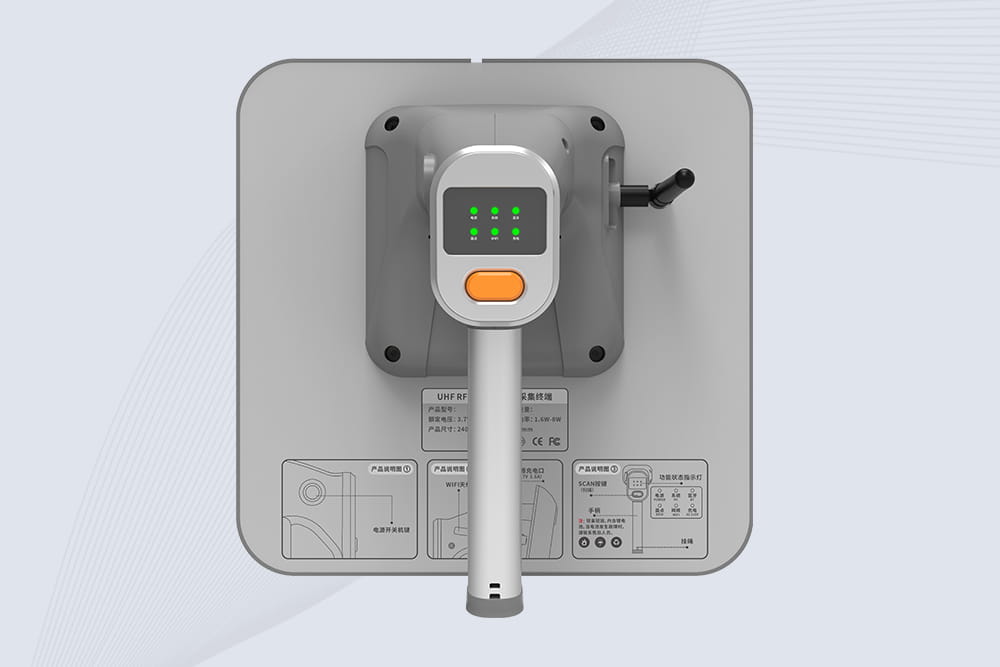
Cykeo CK-B9 UHF Bluetooth handheld RFID scanner features 12m UHF range, 200+ tags/sec scanning, IP67 rugged design for retail/warehouse/pharma. Supports Android SDK & real-time Bluetooth 5.0 transmission.
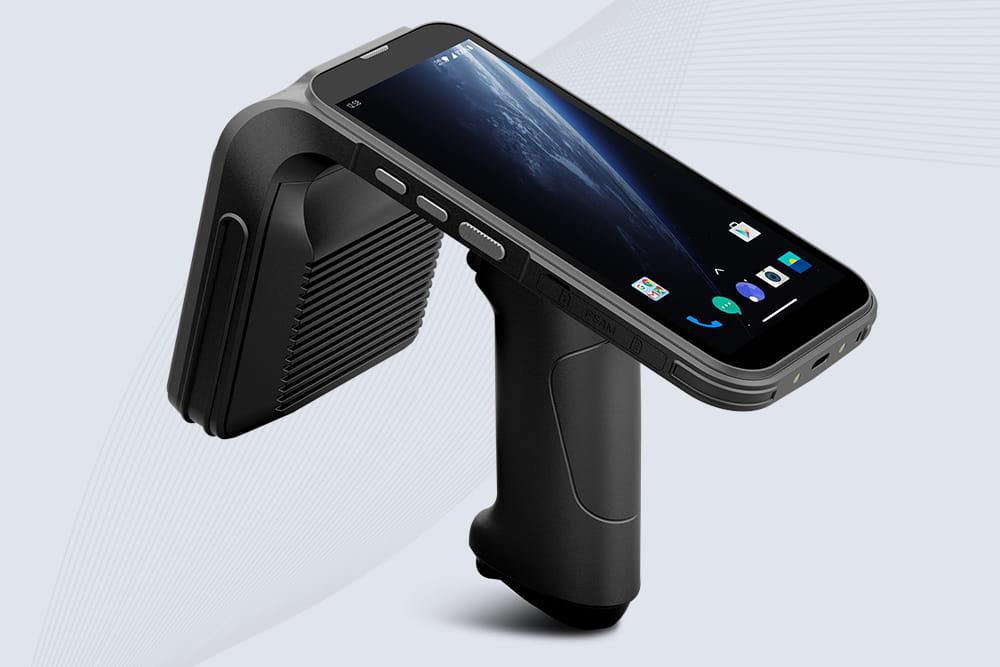
Cykeo CK-B4 UHF Handheld RFID Reader scanner delivers 1300 tags/sec reading, 30m UHF range, and 12-hour battery life. IP65 rugged design with barcode/NFC/ID scanning for retail/manufacturing/logistics.
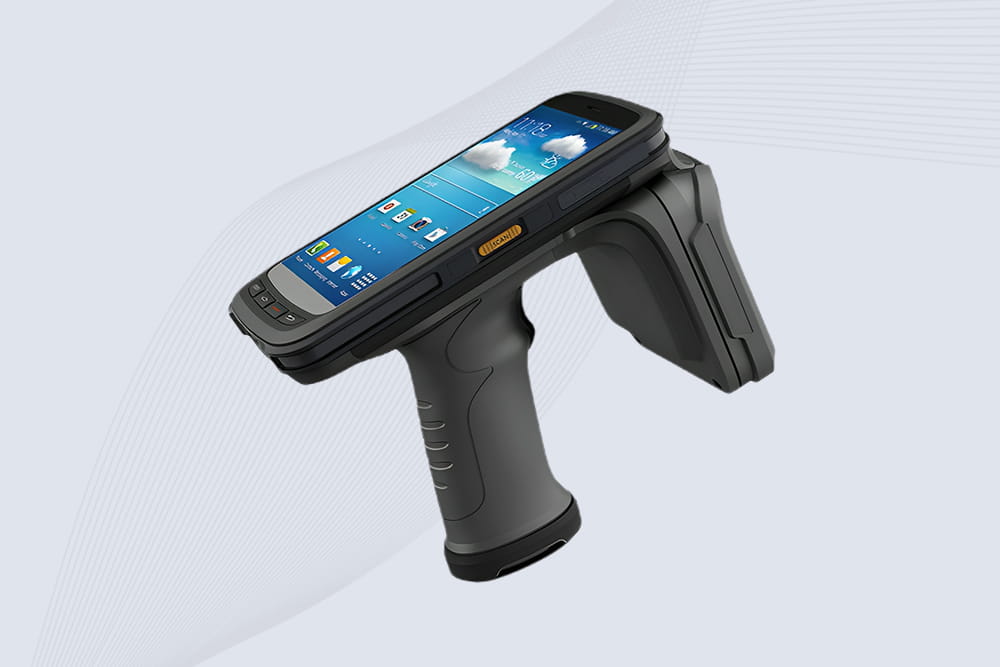
Cykeo CK-B2L industrial UHF RFID handheld offers 10m range, 500 tags/sec scanning, Android 11 OS, and IP65 rugged design for retail/warehouse/manufacturing.
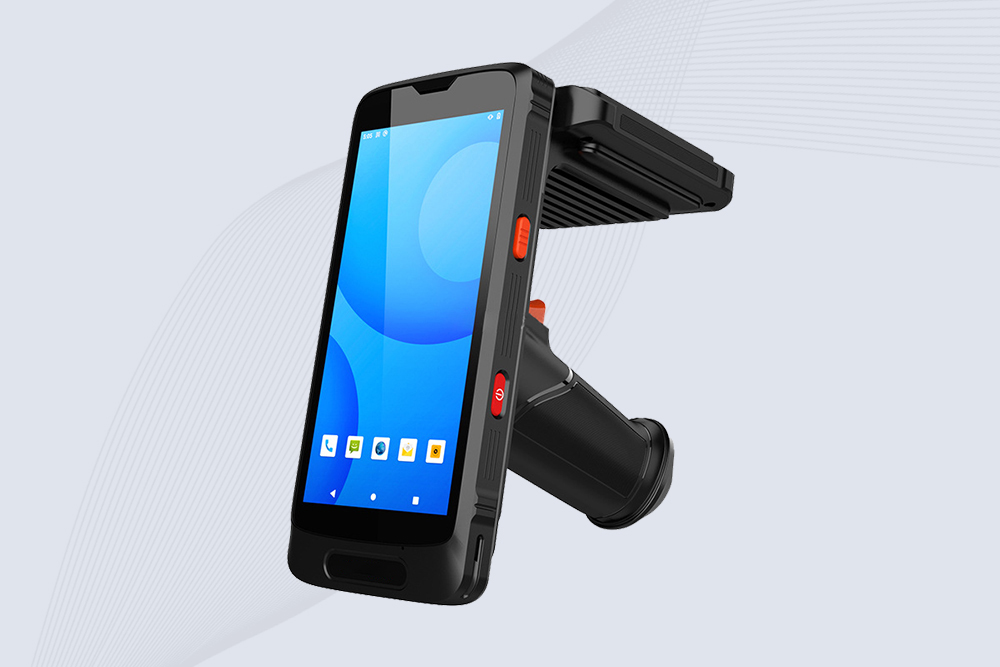
Cykeo CK-B3 industrial RFID Reader Handheld, terminal offers 2m read range, multi-protocol scanning (NFC/barcode/ID), Android 10 OS, and IP65 ruggedness for logistics/retail/manufacturing.
Learn proven strategies to train your team on handheld RFID scanners—boost efficiency, reduce errors, and ensure seamless adoption.
MoreLearn proven strategies to improve RFID handheld reader battery life in field operations. Discover power-saving settings, maintenance tips, and Cykeo’s rugged solutions.
MoreDiscover how RFID cards work: components, security features, and applications in access control, payments, and identity management. Powered by radio wave technology.
MoreA look at RFID technology, from HF reader design quirks to real-world applications in security, retail, and smart systems, including the challenges and lessons learned along the way.
More